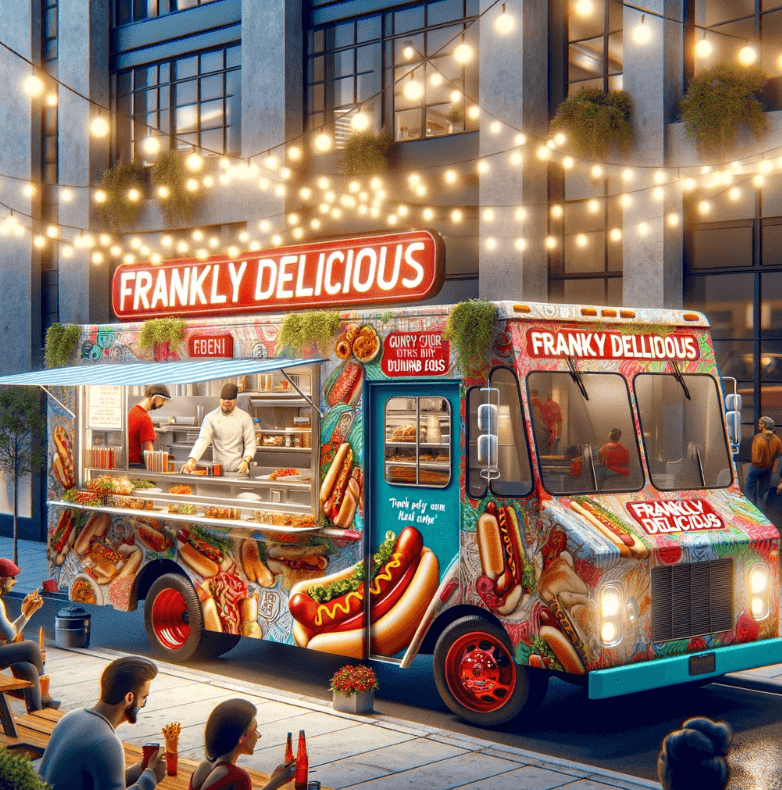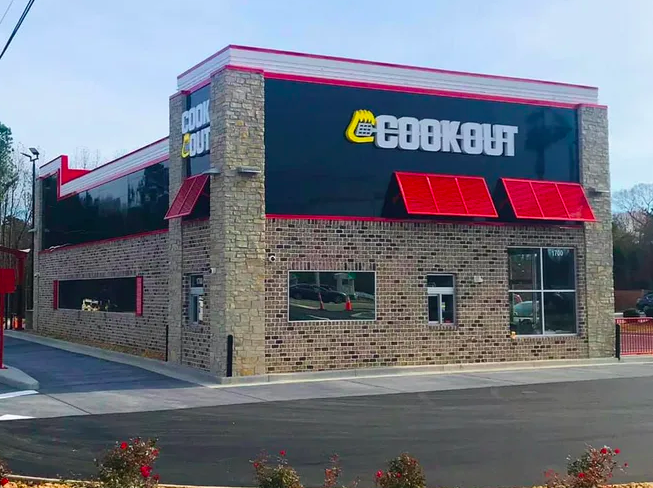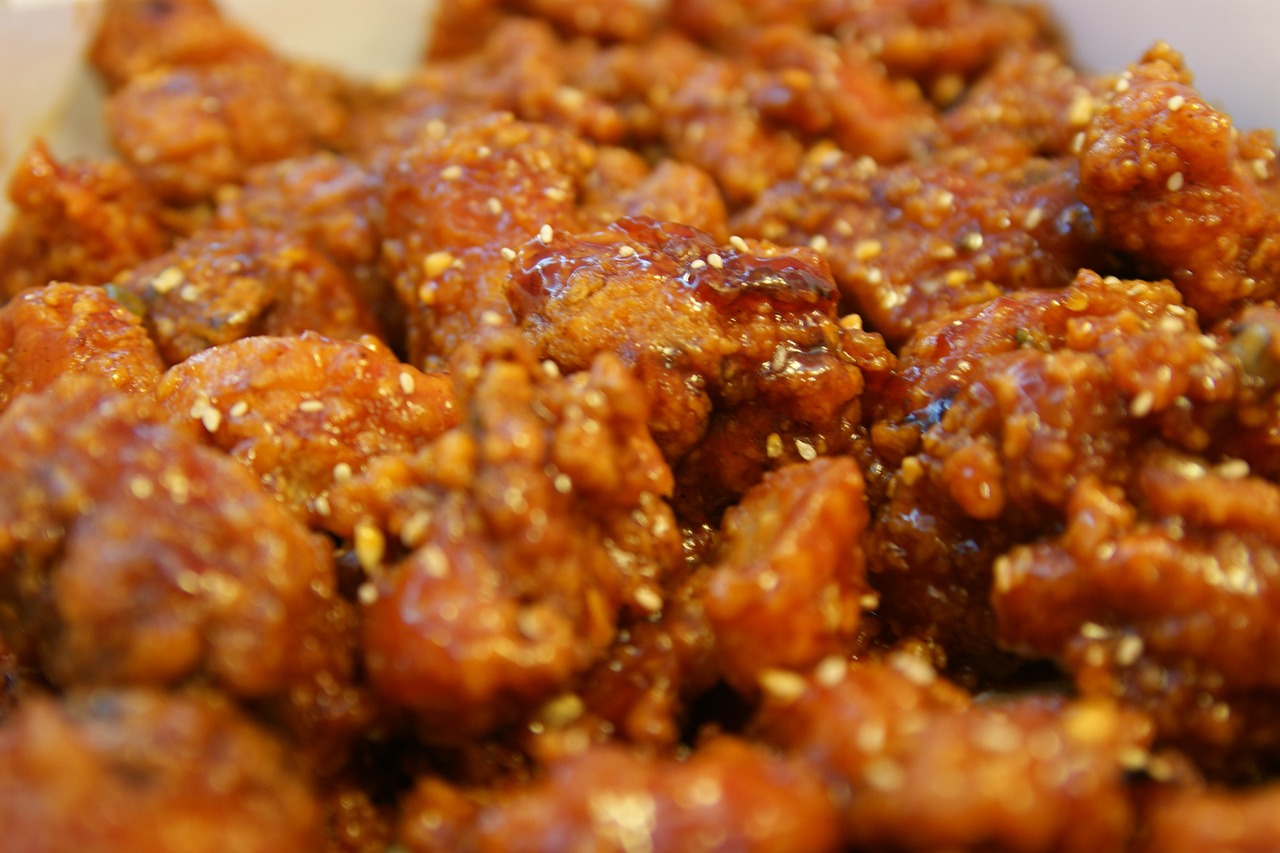The business concept section for a food truck business plan is one of three primary elements that potential investors will actually take time to read because it answers their primary question, “What am I investing in?”
The business concept section in your food truck business plan gives you the ability to provide a visual image of your concept in the mind of the reader or yourself. This is your chance to get others as excited about your concept and document the concept for yourself.
Page Contents
Writing the Business Concept Section
Depending how you see this, it could be good or bad. Why? Because your concept will typically generate more questions.
- How much will it cost me?
- What is my return on investment (ROI)?
What you need to understand is that investors want to be sold on your food truck business concept. You need to use the business concept section to convince them that the concept will succeed in appealing to consumers.
Your food truck business concept section needs to focus on a detailed description of your concept. There are three components in your business concept section that are needed to provide your readers with a clear image.
- Detailed description and concept statement
- Sample menu or list of possible menu items
- Graphic design layouts or renderings of your food truck
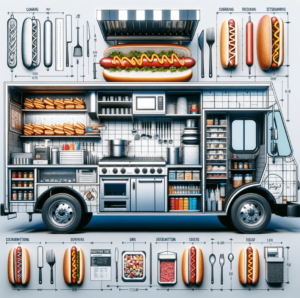
Hot dog truck side view.
Concept Description and Statement
Writing a clear concept description in your business concept section involves story telling. You need to explain all of the great dishes the food truck will have to offer. You need to mention interesting design elements in the truck’s design. And don’t forget to explain the service you intend to provide. A good descriptive summary of the service style, as well as the promptness, are a necessity in order to properly communicate the conceptual image of the food truck.
You need to provide descriptive statements about the overall atmosphere you want to project helps to solidify the conceptual picture you are trying to create. In addition to describing the food, design and service, your description in the business concept section should inform the reader of other key factors such as your price point, hours of operation and service style (street side, catering, and food truck events).
Also make sure to express any unique selling points or points of differentiation the food truck will have. Typical distinctions are often made for signature dishes or ethnic cuisine new to the area.
The concept statement should inform the reader about the size of the truck and it’s kitchen and the number of customers you will be able to serve in a given time (per hour, shift, day). Discuss any factors that might influence these numbers, such as menu complexity, customer demand at different times or events, and potential bottlenecks in the preparation or serving process.
Concept Description Statement Sample:
Here’s an example that puts all of the guidance written above into a real-world example you can use. This example is for a unique hot dog cart concept.
Welcome to “Frankly Delicious,” a gourmet hot dog food truck where classic comfort meets inventive flavors, cruising through the heart of the city to serve you an unforgettable culinary experience. Our menu is a vibrant celebration of global tastes and local ingredients, featuring an array of hot dogs from the traditional all-American beef frank to exotic varieties inspired by international cuisines. Each hot dog is thoughtfully paired with homemade condiments, fresh toppings, and artisanal buns, promising a feast that tantalizes the taste buds.
The design of our food truck is as unique as our menu. Adorned with a lively mural that captures the spirit of our brand—fun, vibrant, and inclusive—”Frankly Delicious” stands out in any crowd. The interior of the truck is a marvel of efficiency and style, with a state-of-the-art kitchen designed to deliver high-quality food with lightning speed. Our service is quick, ensuring that every customer receives their hot dog fresh and full of flavor, without the wait.
“Frankly Delicious” is not just about serving food; it’s about creating an atmosphere. Whether parked streetside, catering at private events, or participating in food truck festivals, our goal is to make every meal an experience. With string lights, upbeat music, and an inviting setup, we turn any curb into a party. Our hours of operation cater to the lunchtime crowd and the late-night snackers, making gourmet hot dogs accessible to everyone.
Our pricing strategy is competitive, offering premium quality at an affordable price point. This approach, combined with our distinctive service style, positions “Frankly Delicious” as a food truck that’s hard to miss and impossible to forget. Our signature dish, the “Globetrotter Dog,” featuring exotic toppings and sauces, has quickly become a local sensation, drawing foodies and adventurous eaters alike.
The “Frankly Delicious” truck is custom-built to optimize space and functionality. At 18 feet long, with a fully equipped kitchen, we’re designed for high-volume service, capable of serving up to 100 customers per hour under peak conditions. Our layout ensures a smooth flow from grill to garnish to guest, minimizing wait times and maximizing satisfaction. However, we are mindful of the challenges that come with a diverse menu and high demand, particularly at large events. Our team is trained to manage these efficiently, ensuring that every hot dog is served with care and consistency.
In summary, “Frankly Delicious” is more than just a food truck—it’s a moving feast that brings together quality, creativity, and community. We’re on a mission to redefine the hot dog experience, making every bite a journey worth remembering.
Sample Menu
A well written menu sample can definitely help sell your food truck concept. In this industry you will quickly learn that customer perception, of a food truck is largely formed based on the appeal of the menu or menu board.
Below is a sample menu for a hot dog food truck that could be featured in the business concept section of a food truck business plan. This is the exact sample menu I provided in the business plan for my hot dog cart business. This menu is designed to offer a variety of options catering to different tastes and preferences, showcasing the versatility and creativity of the food truck’s offerings.
Please note that your pricing and menu are subject to change over time. You should regularly evaluate the menu and make adjustments based on sales volumes and customer response. Items that do not receive a favorable response may be removed or modified to ensure we are providing the best possible selection and value. In other words, take your best shot at coming up with a first-draft menu in this section.
Design | Layout
Floor plans, elevations, and a rendering of the food truck wrap will also help sell your concept to the readers of your food truck business plan. This process also helps ensure you’ve got a mobile kitchen that will allow you and staff to operate safely and efficiently.
Information to Include with the Design / Layout Section:
- Equipment List: Detailed information about cooking, refrigeration, and storage equipment, including dimensions and power requirements.
- Workstations: Description of different workstations, such as preparation, cooking, and serving areas.
- Flow of Operations: A diagram or explanation of the workflow, showing how food will move from storage to preparation to cooking to serving.
- Health and Safety Considerations: Details on how the design complies with local health codes and safety regulations, including ventilation, sanitation, and fire safety.
- Utilities Layout: Placement of essential services like water, gas, and electricity, ensuring they meet the equipment needs and safety standards.
Including a detailed kitchen layout in a food truck business plan not only helps in securing financing or permits by demonstrating a well-thought-out concept but also lays the foundation for operational success by addressing potential challenges before they arise. The good news for you is that any reputable food truck builder will provide a design blueprint and equipment list before you kick off the build process. You can usually drop this information right into this section of the business plan.
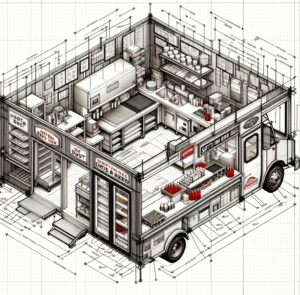
Hot Dog Truck Kitchen Design / Layout Example.
I’ve seen this issue come up more than once in my vending career. First time food truck owners only focus on the aesthetic appeal at the expense of a functional layout. This can result in a kitchen that’s not equipped to handle the day-to-day demands of food service, especially if you work with a food truck builder that doesn’t steer you in the right direction from a kitchen layout perspective.
The consequences of such oversight can be significant, affecting everything from the speed and quality of service to the overall customer experience. An attractive kitchen might draw people in, but if it can’t operate efficiently, it won’t keep them coming back.
A food truck with an impractical design might end up with limited space for essential equipment and ingredients, leading to slower service times, frustrated customers, and ultimately lower sales. Don’t let this happen to you!
The purpose of your food truck business plan’s business concept section is to convey anything and everything that is part of your food truck concept and that can help create a visual image you want the reader to experience. The next step in the business plan process is to write the market analysis section.

